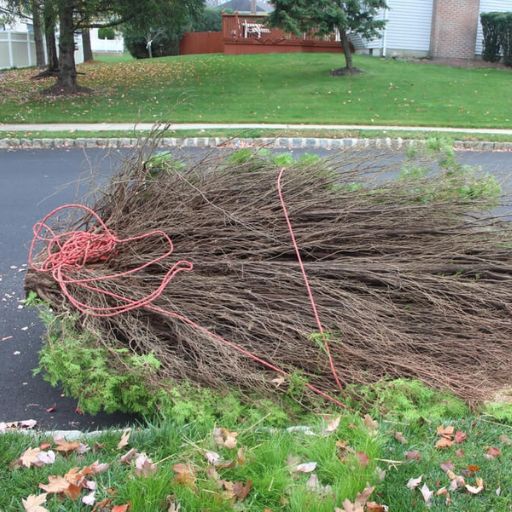When it comes to the vitality and endurance of your trees, implementing proper care practices is paramount. From ensuring adequate hydration to strategic pruning, each step plays a crucial role in the well-being of your arboreal companions. Beyond the basics, understanding the signs of diseases and proactively addressing potential pest threats are equally vital.
Furthermore, nurturing the soil in which your trees grow can significantly impact their overall health. By delving into these aspects of tree maintenance, you can cultivate a thriving ecosystem that will stand the test of time.
Proper Watering Techniques
Implementing adequate watering practices is crucial for maintaining tree health and promoting longevity. Proper watering techniques, such as deep root watering and a consistent watering schedule, play a significant role in ensuring the well-being of trees.
Deep root watering is a method that specifically targets the root zone of trees. By delivering water directly to the deeper soil layers where the tree’s roots grow, deep root watering encourages the roots to grow downward. This promotes a strong and healthy root system, making the tree more resilient to drought conditions and environmental stressors. It is essential to water deeply but infrequently to encourage deep root growth and prevent shallow root development.
Establishing a watering schedule is equally important. Consistency in watering helps trees develop a healthy and stable root system. Depending on factors such as tree species, soil type, and climate, create a watering schedule that provides adequate water without overwatering.
Generally, young trees require more frequent watering, especially during hot and dry periods, to support their growth and establishment. Mature trees, on the other hand, usually require less frequent watering once their root systems are well-established. Monitoring soil moisture levels and adjusting the watering schedule accordingly is key to maintaining optimal tree health.
Regular Pruning Practices
To maintain tree health and promote longevity, regular pruning practices are essential for shaping the tree’s structure and removing dead or diseased branches. Seasonal trimming plays a crucial role in maintaining the overall health of trees. Pruning during the tree’s dormant season, typically in late winter, minimizes the risk of interfering with active growth periods. This allows the tree to allocate energy more efficiently towards new growth in the following spring.
When pruning, it is important to consider the tree’s natural branch structure. Pruning should enhance the tree’s form and integrity while avoiding unnecessary stress. Removing dead or diseased branches improves the tree’s appearance and prevents the spread of infections and pest infestations. Developing a consistent pruning schedule based on the specific needs of the tree species can further optimize its growth and health.
Regular pruning practices also promote air circulation within the tree canopy, reducing the risk of fungal diseases that thrive in damp, crowded environments. Proper pruning techniques, such as making clean cuts just outside the branch collar, help the tree heal efficiently and minimize the potential for decay to set in. By prioritizing regular pruning as part of your tree care routine, you can significantly contribute to the health and longevity of your trees.
Identifying Tree Diseases
Recognizing symptoms of tree diseases is crucial for maintaining tree health and preventing further infection spread. Early detection plays a vital role in effective treatment and preventing irreversible tree damage. By being vigilant and observant, tree owners can identify common symptoms of diseases and apply appropriate remedies promptly.
Common symptoms of tree diseases include leaf discoloration, wilting, unusual growth, and premature leaf drop. Discolored leaves, often yellowing or browning, can indicate nutrient deficiencies or fungal infections. Wilting or drooping foliage may suggest issues such as root rot or vascular diseases. Unusual growth patterns like cankers, galls, or powdery mildew are also signs of potential diseases. Moreover, premature leaf drop outside the normal seasonal cycle can indicate stress or infection.
Upon detecting any of these symptoms, tree owners should consult with arborists or horticulturists for accurate diagnosis and treatment recommendations. Depending on the specific disease, remedies may include:
- Pruning affected branches.
- Improving soil drainage.
- Applying fungicides or pesticides.
- Adjusting watering and fertilization practices.
Proper sanitation measures, such as removing fallen leaves or infected plant parts, can also help prevent the spread of diseases to nearby trees. Regular monitoring and proactive management are essential for maintaining tree health and longevity.

